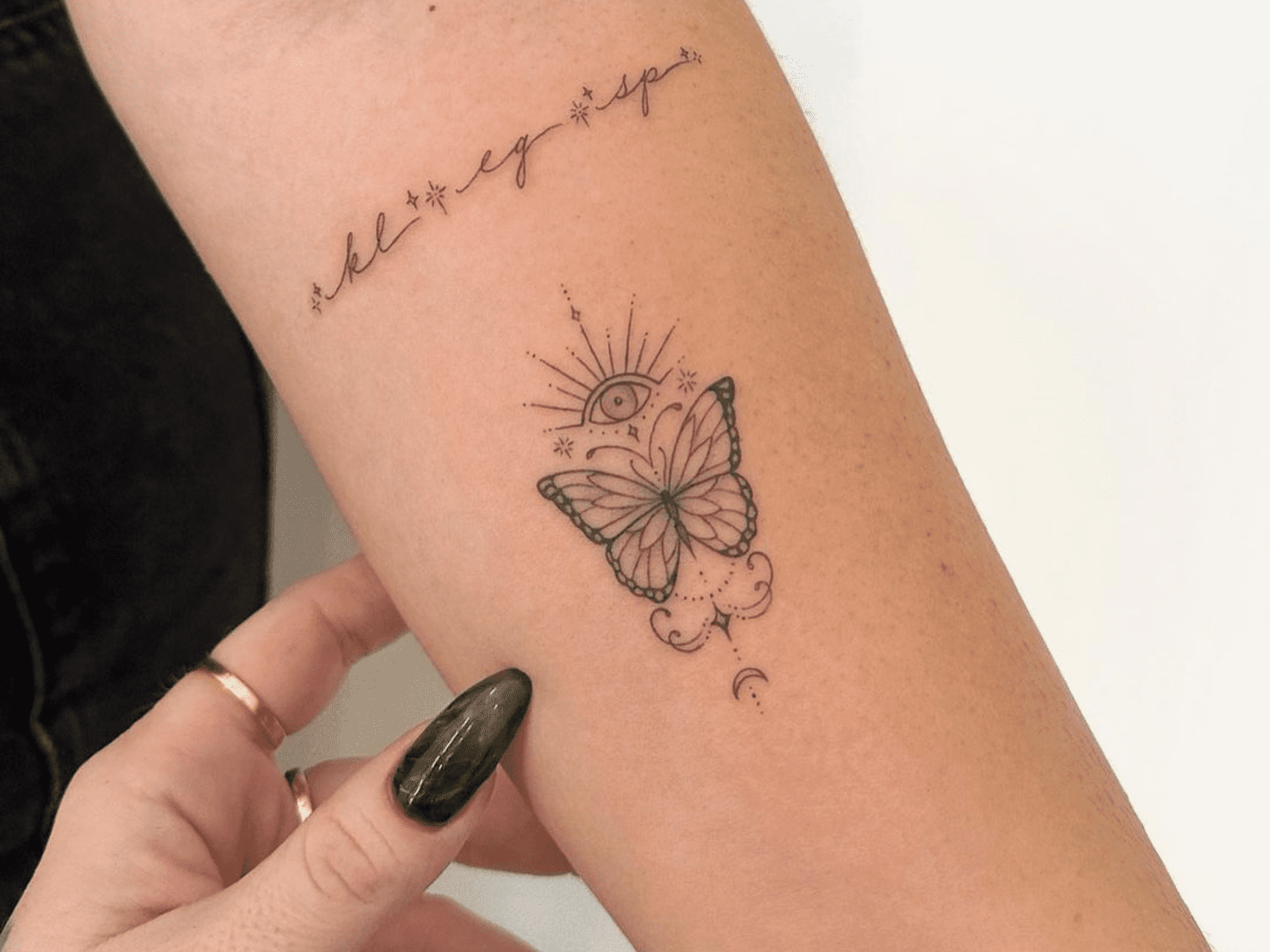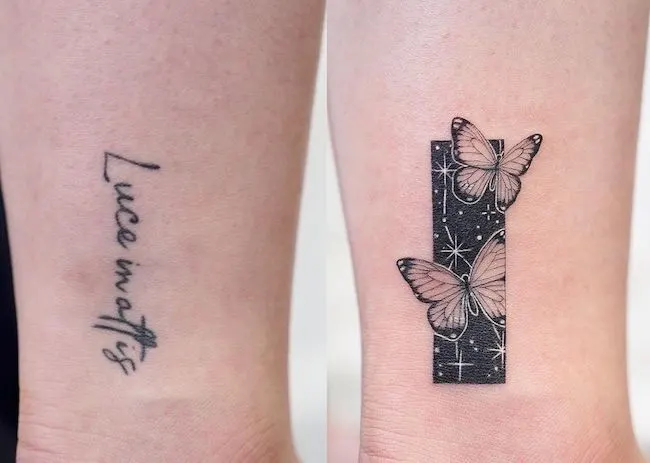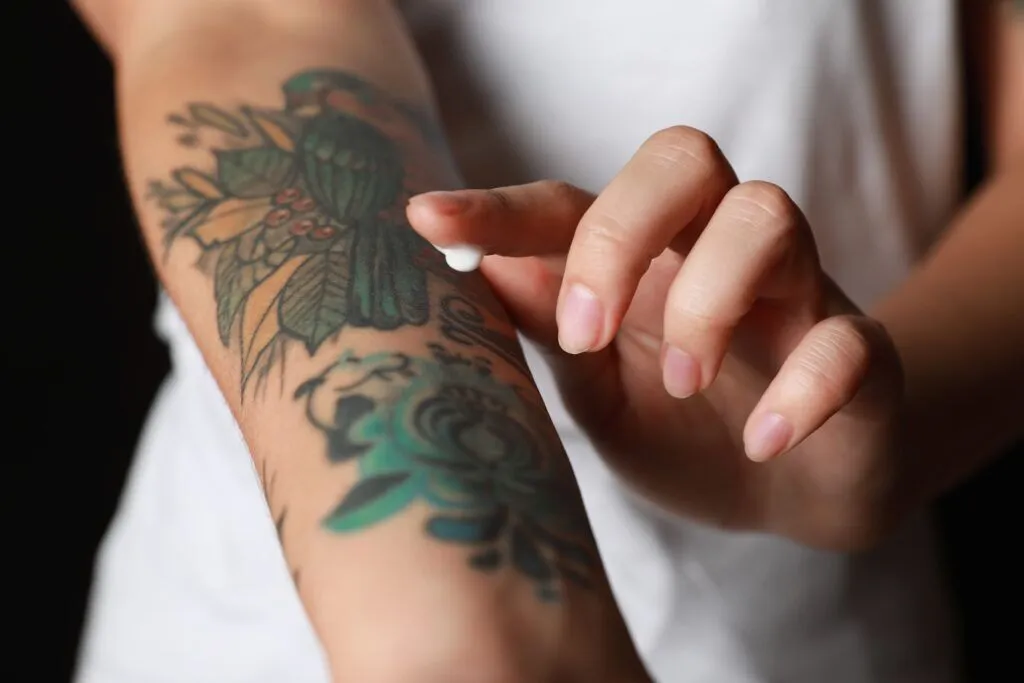The art of tattooing has evolved significantly over the centuries, with artists continually pushing the boundaries of design and technique to create stunning and unique body art. Today, the world of tattooing is incredibly vast and diverse, offering a seemingly endless array of styles and genres to suit personal tastes, cultural influences, and artistic goals. With so many options available, it can sometimes be overwhelming to choose the perfect design that resonates with your individual personality and style preferences.
At Lucky Deville Tattoo Co, we pride ourselves on our expertise in state-of-the-art tattooing, offering our clients an extensive range of tattoo styles to suit all preferences and desires.
We’ll delve into diverse tattoo styles, including traditional Americana, tribal, Japanese, geometric, and more, uncovering the fascinating origins, cultural influences, and techniques that distinguish each category. Our exploration will also highlight the work of influential artists in each genre, showcasing the incredible talent and creativity that have helped shape the tattoo industry over time.
Join us as we embark on this captivating journey through the world of tattoo styles, gaining a deeper understanding of the timeless and innovative art forms that comprise the vibrant tattoo landscape. With this newfound knowledge and appreciation in hand, you’ll be better equipped to make informed and inspired choices about your own tattoo journey.
Traditional Americana: Classic and Timeless
Traditional Americana, also known as American traditional or old school, is one of the most enduring and iconic tattoo styles, characterized by bold lines, limited color palettes, and classic design elements such as roses, skulls, anchors, and eagles. Pioneered by legendary tattoo artists like Sailor Jerry and Bert Grimm, this style has its roots in the early 20th century and remains a popular choice for tattoo enthusiasts worldwide. Its timeless appeal lies in its striking visual impact, simplicity, and bold symbolism.
1. Key design elements: Traditional Americana tattoos are typically 2D designs, primarily using black outlines, with a focus on clean lines and bold shading. The color palette is often limited, with red, green, and yellow being the most common choices.
2. Cultural significance: Traditional Americana tattoos have long been associated with maritime culture, as sailors were among the first to adopt and popularize these designs. The tattoos served as expressions of loyalty, camaraderie, life milestones, and superstitions, with symbols like anchors, swallows, and mermaids representing seafaring experiences.
3. Iconic artists: Sailor Jerry and Bert Grimm are two of the most legendary artists in the traditional Americana genre, with their innovative techniques and iconic designs influencing generations of tattoo artists. Today, acclaimed tattooists like Kari Barba and Mike Rubendall continue to push the boundaries of traditional Americana style and maintain its enduring presence in the tattoo world.
Japanese Tattoos: Rich History and Figurative Imagery
Japanese tattoos, or irezumi, date back thousands of years and are known for their intricate, hand-drawn designs, expansive layout, and strong storytelling. Depicting popular Japanese folklore, mythological creatures, and natural elements, this style is renowned for its elaborate designs and masterful technique.
1. Technique and composition: One defining aspect of Japanese tattoos is the tebori method, a traditional hand-poking technique that creates shading and depth in the design. Japanese compositions often cover large areas of the body, connecting different tattoos to create a cohesive visual impact.
2. Cultural significance: Irezumi originated in the Edo period of Japan, with designs signifying social status or representing religious, protective, or mythical symbols. Today, Japanese tattoos have become increasingly popular globally due to their striking imagery, storytelling attributes, and rich cultural history.
3. Iconic artists: Traditional Japanese tattooing has seen many masters in its history, like Horiyoshi III, who remain influential to this day. Contemporary artists, such as Horikitsune and Shige, continue to refine and evolve the art form, blending traditional techniques with innovative ideas.
Tribal Tattoos: Bold Patterns and Ancient Roots
Tribal tattoos encompass various tattooing styles that originated from indigenous cultures worldwide, including Polynesian, Native American, Maori, and Celtic. These unique designs typically feature bold patterns, sweeping curves, and intricate geometric shapes, reflecting the rich heritage and symbolism of their respective communities.
1. Visual aesthetics: Tribal tattoos often utilize black ink and are characterized by thick lines, sharp angles, and repeating patterns. While some designs are more abstract, others incorporate figurative elements related to the specific cultural group.
2. Cultural significance: For many indigenous communities, tattooing was a rite of passage, marking milestones, and celebrating the tribe’s unique identity, beliefs, and traditions. The symbolism behind tribal tattoos is deeply rooted in the history, spirituality, and mythology of the communities they represent.
3. Iconic artists: Today, many tattoo artists specialize in tribal styles, researching the symbolism and techniques of the designs. Renowned tattooists such as Leo Zulueta, known for his work in modern tribal tattoos, and Sua Sulu’ape Paulo II, a Polynesian tattoo master, have made significant contributions to preserving and furthering the art of tribal tattoos.
Geometric Tattoos: Line Work Meets Sacred Shapes
Geometric tattoos have surged in popularity in recent years, merging intricate line work, dot work, and sacred shapes to create visually captivating and mesmerizing designs. From minimalist geometric patterns to elaborate mandalas and complex shapes, this style is diverse and adaptable to multiple aesthetic preferences.
1. Design characteristics: Geometric tattoos encompass a vast range of shapes, patterns, and styles, often integrating abstract and sacred designs with precise lines, dot work, and symmetry. Negative space is often utilized to create contrast and balance within the composition.
2. Conceptual roots: Many geometric tattoo designs are inspired by sacred geometry, reflecting universal patterns found in nature, spirituality, and the cosmos. These designs often carry deeper meanings and symbolism related to harmony, balance, and interconnectedness.
3. Iconic artists: Geometric tattooing has no shortage of innovative artists, such as Peter Madsen, Corey Divine, and Nazareno Tubaro, who continue to redefine the genre with their unique concepts, styles, and techniques.
Conclusion
Delving into the world of tattoo styles and their unique characteristics and histories is a fascinating and enriching experience that highlights the incredible diversity, artistry, and cultural significance embedded in the designs. Lucky Deville Tattoo Co, one of the best tattoo shops in Buffalo, NY, takes pride in our expertise in state-of-the-art tattooing, offering our clients a vast array of styles to choose from and ensuring that their body art resonates with their personal tastes and aspirations. With this comprehensive guide, we hope to provide you with the inspiration, knowledge, and appreciation needed to embark on your own exceptional tattoo adventure.



